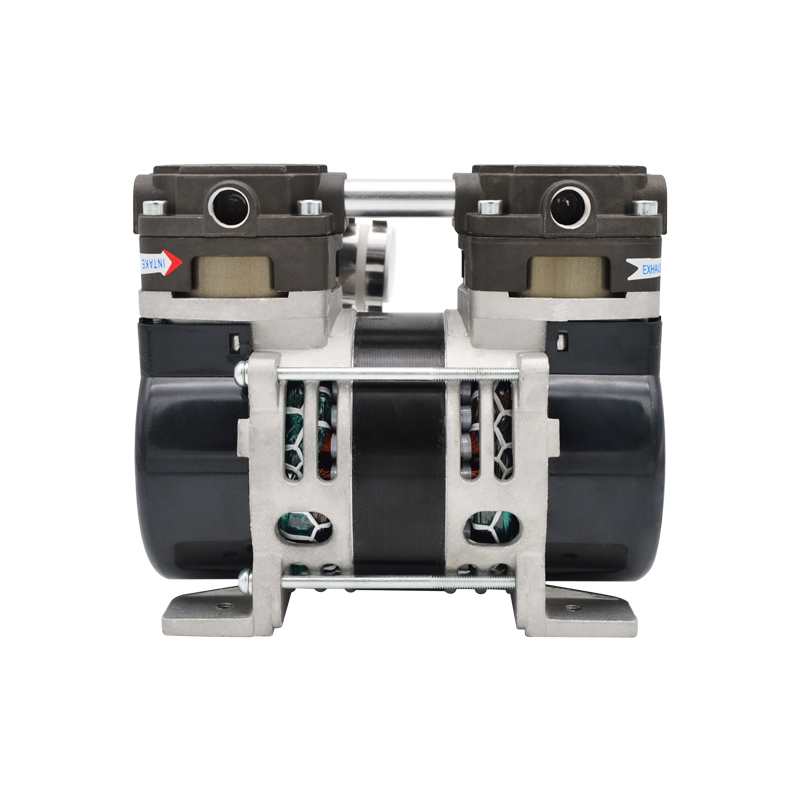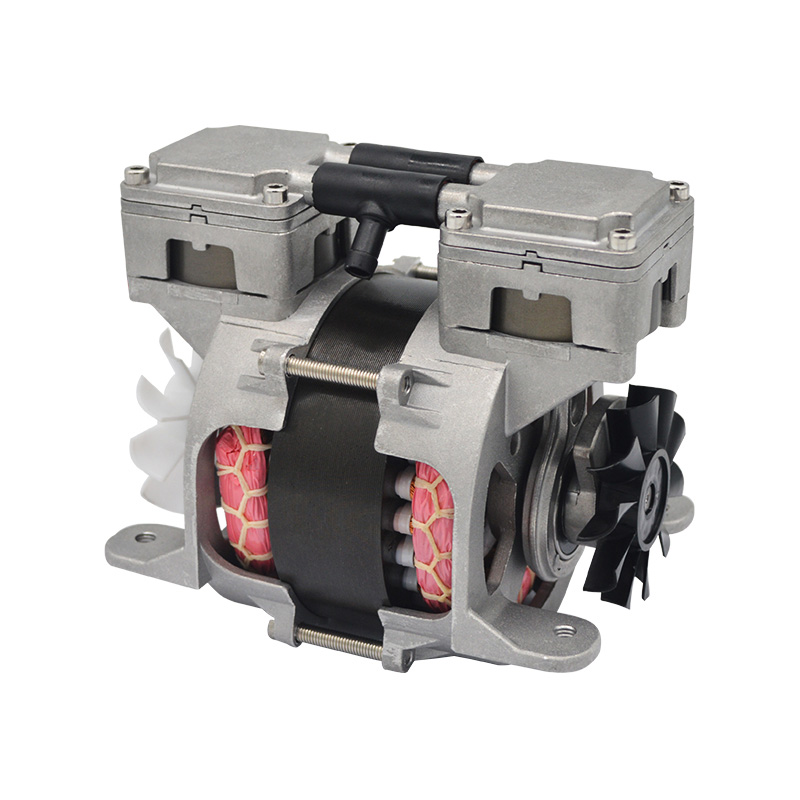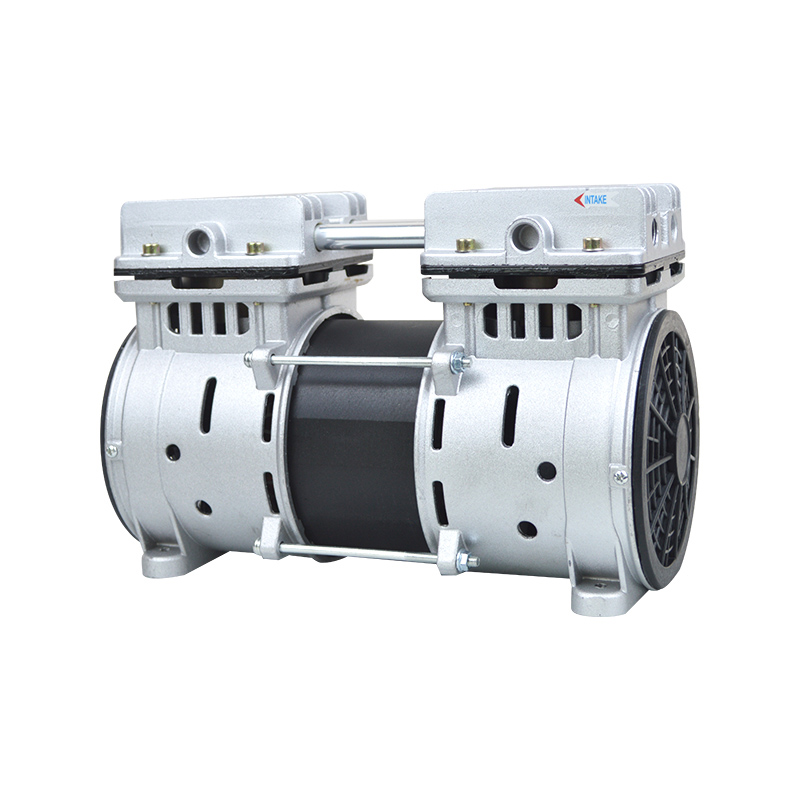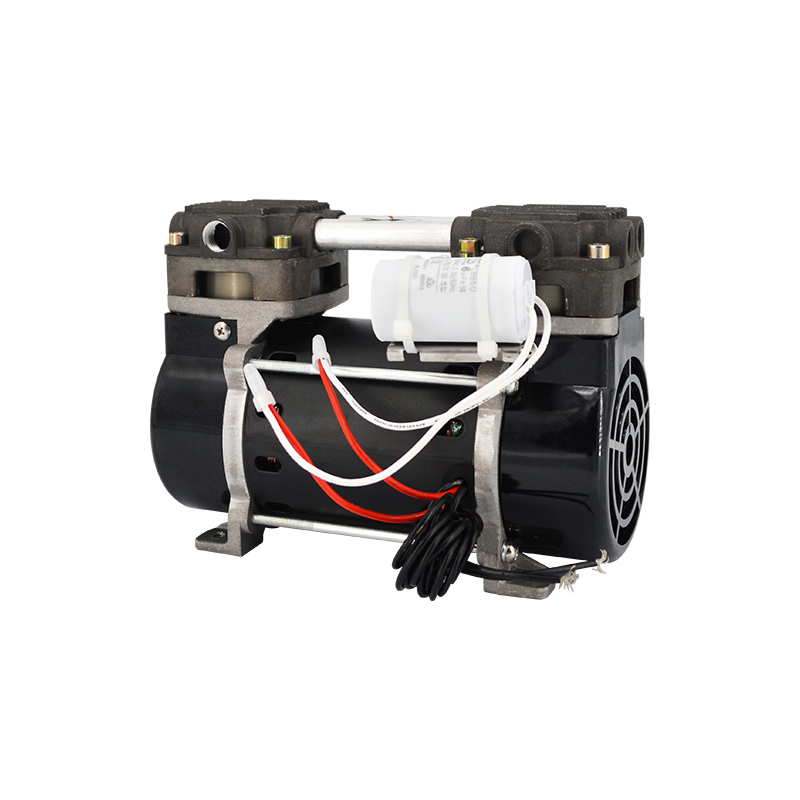An air ventilator is a device that is designed to provide ventilation in enclosed spaces. It works by drawing in fresh air from the outside and expelling stale, contaminated air from the inside. This process helps to maintain a comfortable and healthy indoor environment.
Types of Air Ventilators
There are several types of air ventilators available, each with its own unique characteristics and applications. Some common types include:
Exhaust-only Air Ventilators: These ventilators work by removing stale air from the room and expelling it outdoors. They are often used in bathrooms and kitchens to remove moisture and odors.
Supply-only Air Ventilators: As opposed to exhaust-only ventilators, supply-only ventilators bring in fresh air from the outside and distribute it throughout the room. They are useful in spaces where there is a lack of natural ventilation.
Balanced Air Ventilators: Balanced ventilators combine the functionality of exhaust and supply ventilators. They both draw in fresh air and expel stale air, maintaining a constant flow of air within the room.
The Importance of Air Ventilators
Air ventilators are essential for maintaining a healthy indoor environment. Here are some key reasons why:
Improved Air Quality: By promoting airflow, air ventilators help to reduce the concentration of harmful pollutants, allergens, and contaminants in the air. This improves overall air quality and reduces the risk of respiratory issues.
Moisture Control: In areas like bathrooms and kitchens, excess moisture can lead to mold and mildew growth. Air ventilators help to remove this excess moisture, preventing these issues and maintaining a dry, comfortable environment.
Temperature Regulation: Air ventilators can also help to regulate indoor temperatures. By drawing in cooler air from the outside, they can provide a refreshing breeze during hot summer days. Conversely, in colder climates, they can help to trap heat within the room, reducing the need for additional heating.
Energy Efficiency: Proper ventilation can help to improve the energy efficiency of a building. By ensuring a continuous flow of air, ventilators reduce the reliance on artificial heating and cooling systems, leading to lower energy consumption and cost savings.
In conclusion, air ventilators are essential for maintaining a healthy and comfortable indoor environment. By promoting airflow and regulating indoor air quality, they help to reduce the risk of respiratory issues, control moisture levels, regulate temperatures, and improve energy efficiency. As we continue to spend more time indoors, the importance of having effective ventilation systems in our homes and workspaces becomes increasingly apparent.

 English
English  Español
Español  Português
Português  русский
русский  Français
Français  日本語
日本語  Deutsch
Deutsch  tiếng Việt
tiếng Việt  Italiano
Italiano  Nederlands
Nederlands  ภาษาไทย
ภาษาไทย  Polski
Polski  한국어
한국어  Svenska
Svenska  magyar
magyar  Malay
Malay  বাংলা ভাষার
বাংলা ভাষার  Dansk
Dansk  Suomi
Suomi  हिन्दी
हिन्दी  Pilipino
Pilipino  Türkçe
Türkçe  Gaeilge
Gaeilge  العربية
العربية  Indonesia
Indonesia  Norsk
Norsk  تمل
تمل  český
český  ελληνικά
ελληνικά  український
український  Javanese
Javanese  فارسی
فارسی  தமிழ்
தமிழ்  తెలుగు
తెలుగు  नेपाली
नेपाली  Burmese
Burmese  български
български  ລາວ
ລາວ  Latine
Latine  Қазақша
Қазақша  Euskal
Euskal  Azərbaycan
Azərbaycan  Slovenský jazyk
Slovenský jazyk  Македонски
Македонски  Lietuvos
Lietuvos  Eesti Keel
Eesti Keel  Română
Română  Slovenski
Slovenski  मराठी
मराठी  Srpski језик
Srpski језик 





